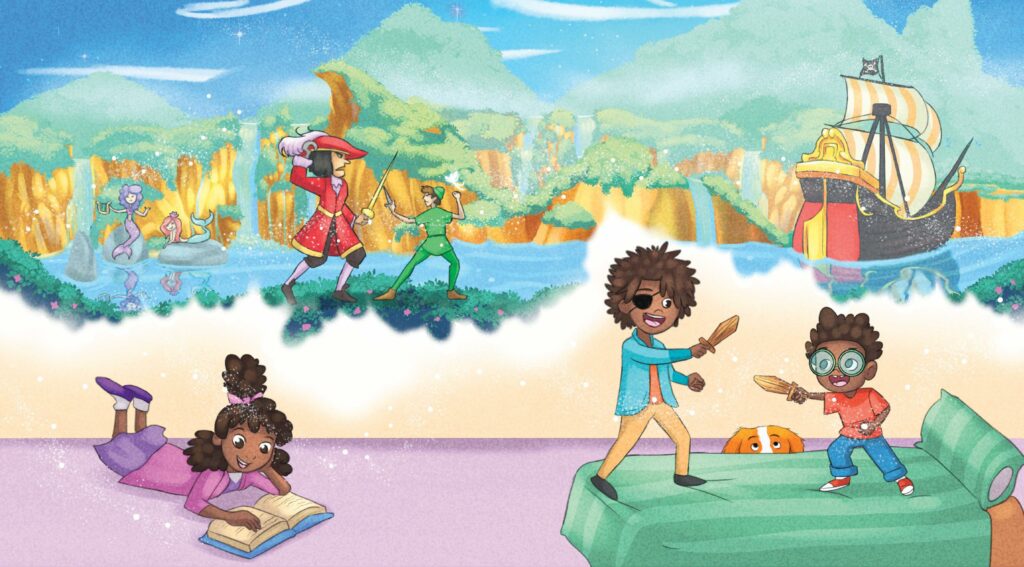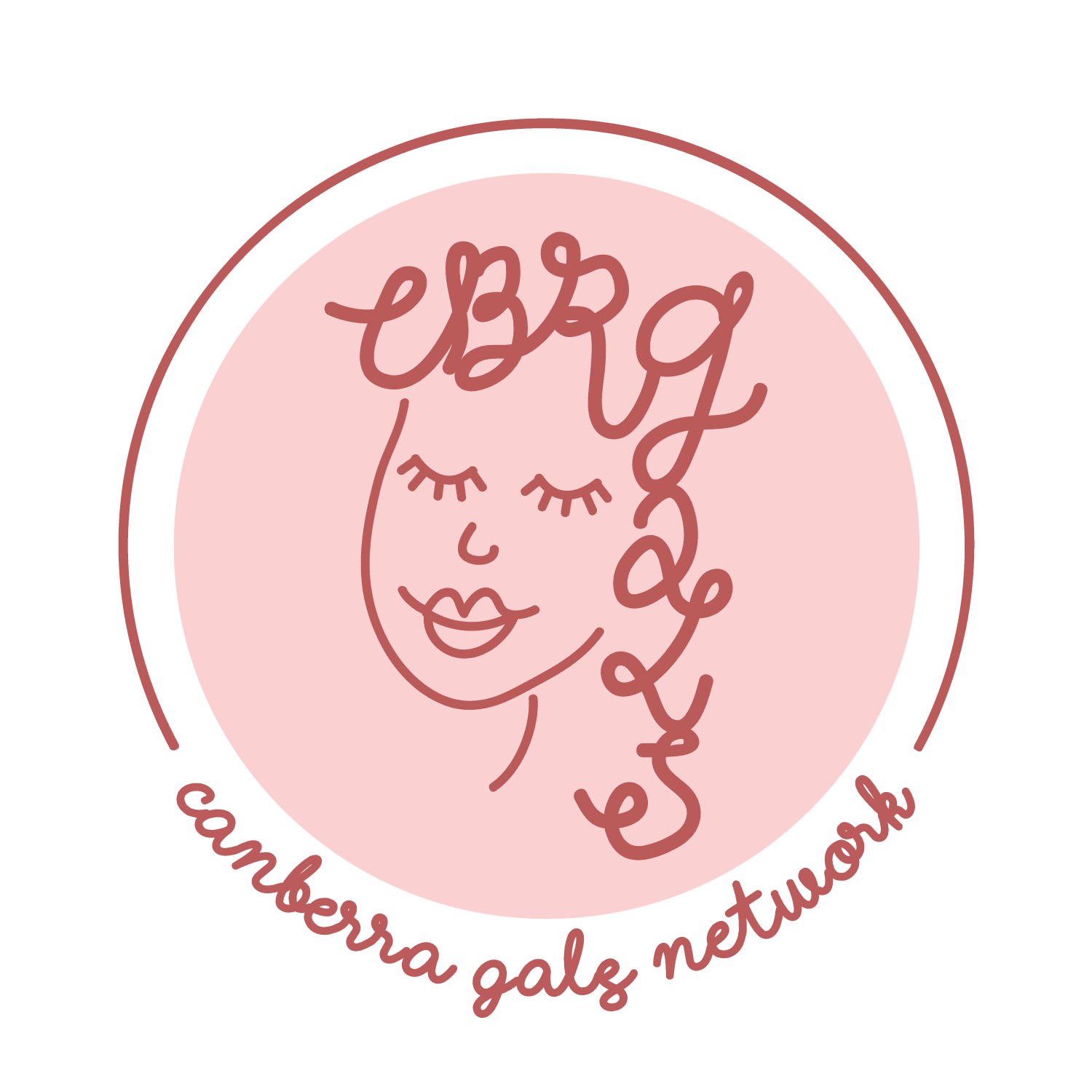Why Having Diverse Characters in Children’s Books is so Important

How old were you when you learned about the importance of inclusion and diversity? Do you notice when diverse characters are missing from the story? Did you see yourself represented in the books you read growing up?
Here are a few lessons on the importance of including diverse characters in children’s books and why it’s about much more than it seems.
Why Adjusting Racial, Gender, and Able Labels in Children’s Books Makes a Big Difference
As an inclusion and diversity advocate and multicultural oriented therapist, I can say with confidence the biggest difference can be made from implementing the smallest amendments. Here are three reasons why having diverse characters in children’s books matter:
1. The Most Important Lessons are Learned by Age 5
We acquire the majority of our language, develop the basis of our morality, and form a large part of our world view around age five. It is crucial we learn the importance of diversity and inclusion in the early years of life, or it is much less likely to become a priority in adult life; leading us to unconsciously participate in systems that disadvantaged entire groups of people.
2. You Can’t Miss What You Never Knew
It’s nearly impossible to notice the absence of something we are not used to seeing unless it directly affects us. For example, lately when I watch tv shows or movies I have to remind my brain that we did not always wear masks – it always strikes me when the characters are not wearing them. This was not a detail I would have ever looked for before 2020 because face masks were not a part of my personal narrative. The same is true for diverse representation. If we do not see diverse characters in stories and media, then we do not notice their absence and we continue to erase them from the stories we write.
3. Everyone has Right to See Themselves in the World
As a highly privileged individual, I grew up with stories that represented many of my identities and failed to represent many others. When I decided to start making my own books for children, I knew the world needed different characters that invited more than just the privileged into the narrative. It should not be a challenge to find a story where we see ourselves, our students, or clients represented but it often is. Diverse characters are often absent from stories.
Whether you’re an inclusive entrepreneur, health professional, artist or just someone who cares about inclusive culture, understanding the importance of diverse characters in children’s books will help you to make small adjustments that make a big difference.
Recognising that we learn most of what we need to by age five, we cannot miss what we never knew, and that everyone has the right to representation are all things we should be keeping in mind when we create, practice and live. Fill your shelves with inclusive books like my best selling story, “Peter Pan in Everland,” and others with valuable lessons and diverse characters to help make our world a little more inclusive.
Andrea Piazza
Andrea is an inclusion and diversity advocate, multicultural oriented therapist, an artistic director for an inclusive and accommodating dance organisation, and a bestselling author of the inclusive children’s book “Peter Pan in Everland” available on Amazon now.
@Andrealynnimpacts

